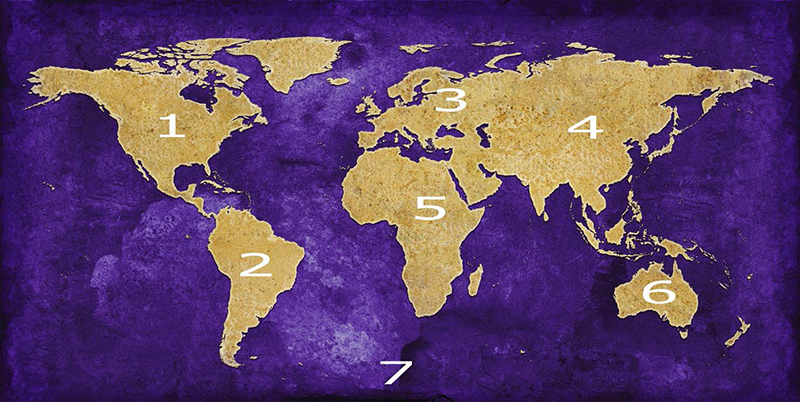Did the continents always look like they do now?No. About 200 million years ago, the continents started out as a single land mass, a gigantic supercontinent called Pangaea (meaning “all the land” in Greek). The land tore apart from itself and formed two smaller supercontinents, called Laurasia and Gondwanaland, during the Jurassic period. By the end of the Cretaceous period, the continents were separating into landmasses that look like our modern-day continents. These continents split because hot areas in Earth’s mantle below them caused the crust to get thin, and start moving away from the hot areas. (This phenomenon creates a new spreading ridge, and the continent becomes two smaller continents.) Because the continents are constantly moving, in a billion years they will look a lot different than they do today. For example, Australia is moving northward toward Asia at a rate of about 5 centimeters per year—which is about the same rate at which your fingernails grow! 
Our planet has seven continents: 1) North America, 2) South America, 3) Europe, 4) Asia, 5) Africa, 6) Australia, and 7) Antarctica (not shown). |